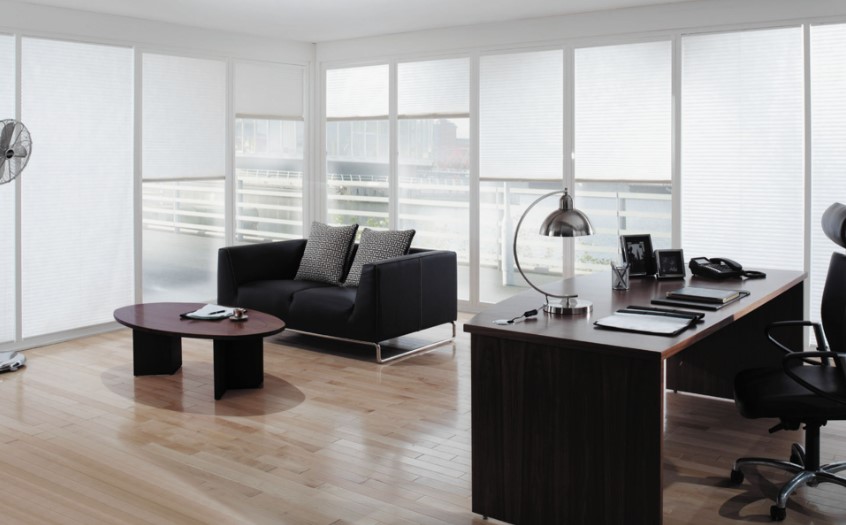
When it comes to managing natural light in your home, choosing between shades and blinds can significantly impact your comfort and energy efficiency. Both window treatments have their advantages, but understanding their differences can help you make an informed decision based on your specific needs. Here’s a breakdown of how shades and blinds perform in terms of light control and why one might be better suited for your space.
Understanding Light Control
Blinds and shades offer different approaches to controlling light. Blinds consist of slats or vanes that can be adjusted to direct light precisely. Shades, on the other hand, are typically made from a single piece of fabric or material that can be raised or lowered. Each type has unique benefits depending on how you want to manage light and privacy.
Blinds: Precision and Flexibility
Blinds are often favored for their precise control over light. The adjustable slats or vanes allow you to direct light in specific directions, creating different levels of illumination. This feature is particularly useful if you want to reduce glare from sunlight while maintaining an open view. Blinds also offer a range of materials, from wood and faux wood to aluminum, each providing different levels of opacity and light filtering.
Horizontal Blinds:
Ideal for large windows and patio doors, they can be tilted to control the amount of light entering the room.
Vertical Blinds:
Suitable for sliding doors or wide windows, they offer the same level of control with the added benefit of ease of operation.
Shades: Soft and Versatile
Shades offer a softer approach to light control. They come in various styles, including roller shades, cellular shades, and Roman shades. Each type of shade has different fabric barriers that can effectively manage light and privacy:
Cellular Shades:
These shades have a honeycomb structure that not only provides insulation but also filters light softly. The fabric barriers trap air, reducing heat loss and providing a gentle light diffusion.
Roller Shades:
Simple and sleek, roller shades can be adjusted to let in just the right amount of light. They come in various opacities, from sheer to blackout, allowing you to customize the light control to your preference.
Roman Shades:
These add a touch of elegance and can be lined with different fabrics to control light levels. They offer a classic look while providing effective light management.
Fabric Barriers and Light Control
One significant factor in shades’ effectiveness is the type of fabric barrier used. At Direct Shopfront, fabrics vary in terms of opacity, insulation, and light filtration. For example, blackout fabrics block out all light, making them ideal for bedrooms or media rooms where total darkness is preferred. On the other hand, light-filtering fabrics allow natural light to enter while reducing glare, creating a more balanced and pleasant atmosphere.
Conclusion
When deciding between shades and blinds for light control, consider your specific needs and preferences. Blinds offer precise and adjustable light control with the flexibility of directing light in different ways. Shades, with their fabric barriers, provide a softer and more versatile approach to managing light and enhancing privacy. Both options have their advantages, and the best choice depends on your room’s function, aesthetic preferences, and desired level of light control.
